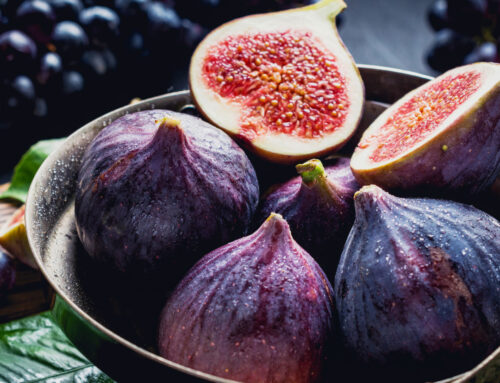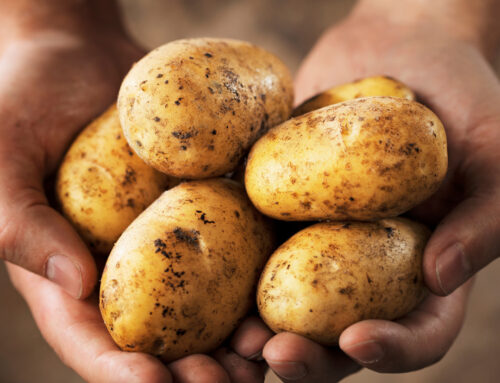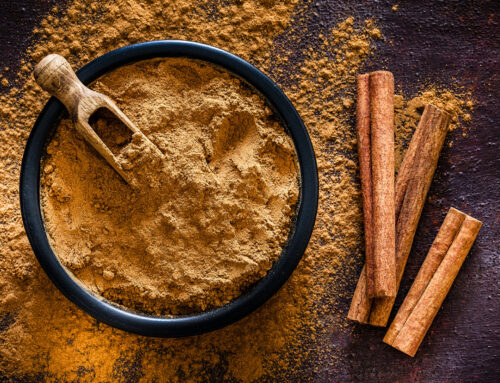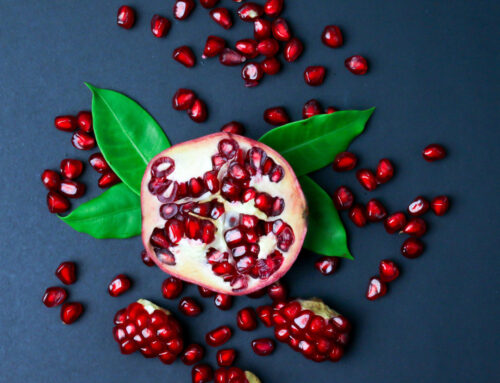Imagine you are a woman in pre-industrial Europe. Your child falls ill. Instead of making a doctor’s appointment or a trip to Walgreens, you journey into the field and laboriously collect the herbs and roots to create a healing tincture for your loved one. For example, you might gather yarrow or chamomile for an upset stomach. Lemon balm, lavender, and valerian to help with sleep, or spruce needles to remedy a cough. Elderberry, rosehips, calendula, and sage, would also be featured in your medicine bag.
If you were a woman of this era from any walk of life, you would have collected recipes for balms, distillations, and elixirs to treat ailments: from headache, fever, indigestion, weakness, palsy, dropsy, and “trapped wind” to acne, melancholy, childbirth or menstrual pain, rickets, and plague.
As the female head of household in pre-Industrial Europe and likely all over the globe, it wasn’t enough for you to know how to cook a good meal. You were also expected to make medicines. There was a strong expectation that you had this knowledge that would have been inherited from your mother and passed it down to your daughter. If you could read and write, you would have meticulously compiled these recipes into a collection of manuscripts.
Thanks to herbal manuscripts that have survived, scholars are only now beginning to recognize the enormous role household healers played for centuries and their contributions to modern healthcare.
In those times, university-trained physicians only represented a small fraction of the healing arts. Instead, laywomen practitioners who were in charge of many aspects of healthcare may have had more experience tending actual patients than male physicians.
It seems the boundaries between professionalized medicine and more vernacular forms of health care were much more porous at the time than they are today. It’s true, women were unwelcome in formal medical professions. However, the scope of knowledge was of a different sort.
Universities taught humoral theory, that illness was caused either by a blockage of a flow within the body or by an imbalance of the four humors (blood, yellow bile, black bile, phlegm). Most medicines aimed to rebalance the humors or restart the flow. The treatments prescribed by licensed doctors were often intense and included purgatives, laxatives, blood-letting, and toxic metals. Unfortunately, these methods often did more harm than good.
It would be a mistake to assume the medicine taught within medical schools of the 17th century was necessarily any more rigorous or scientific than those practiced by home healers. To test the efficacy, safety, and reliability of the recipes they’d collected, women used keen scientific aptitude and the same standards of empirical observation as their professional counterparts. They’d recreate the medicine, conduct trials on household members, observe the effects, then decide if any adjustments were needed. The social expectation that most women would be proficient in pharmacy helped foster a culture of experimentation that led to the development of modern medicine.
Also, it was recognized by home healers that many ingredients used in cookery had medicinal properties, and there was not necessarily a clear distinction between food and medicine.
Why is this important to us in modern times?
First, let’s give credit where credit is due. Our female ancestors deserve recognition for the role they played in healing, and the influence their work has had on the development of modern healthcare.
Let us also recognize different scopes of practice, as was seemingly the case in pre-modern times. We have much to thank modern medicine for when it comes to lifesaving technologies and interventions. However, we would do well to remember our legacy as home healers so we can take ownership of our health. Difference fields of knowledge can work synergistically in service to the needs of the patient. Let’s honor these different scopes of knowledge and their unique contributions, and reframe how we are doing healthcare. This is a holistic or integral approach to healthcare that focuses on the patient and root causes rather than the diagnosis.
Let us remember that food is medicine. Or, I should say, it can be. We can empower ourselves to embody our optimal expression of health through understanding the power of healing foods in our diet, how our inner terrain is influenced by diet and lifestyle, and how nutritional intervention can work in tandem with other treatments.
Resources:





